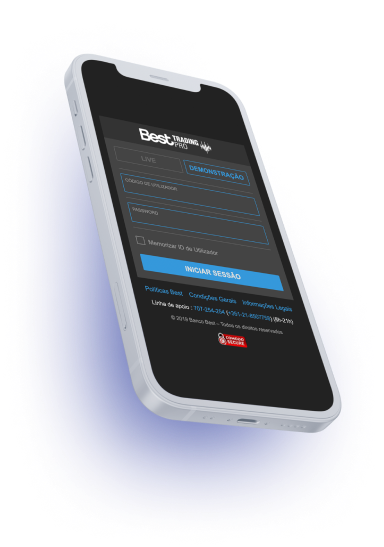Buy and sell company share capital
Buy and sell stocks for next to nothing.
Access the main global markets.
Keep pace with market developments to the second.
Buy and sell public debt
Diversify risk with bonds from all over the world.
Get a good rate.
Receive interest periodically.
Reduce costs: buy online directly and cut out the middleman.
Explore the fund search engine.
Track, compare and trade bonds.
Follow changes in detail online.

Ask your digital assistant, which is always available to help you.